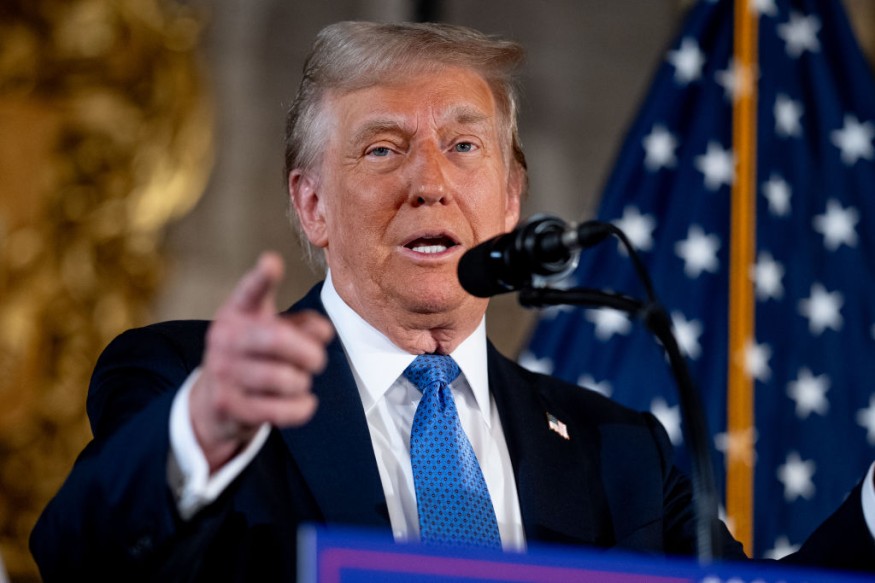
As President-elect Donald Trump prepares to impose sweeping tariffs on imported goods, consumers and businesses alike brace for a wave of price increases.
While the exact details of these tariffs remain uncertain, experts anticipate widespread effects on the economy, industries, and everyday Americans.
Rising Costs Loom as Tariffs Target Imports from China, Mexico, and Canada
The tariffs, expected to range from 10% to 60% on goods from countries like China, Mexico, and Canada, will cover a significant portion of US imports, FoxBusiness said.
Early estimates suggest these taxes could raise prices on a variety of products, from smartphones and appliances to clothing and food.
Analysts predict that the average household may face annual cost increases between $362 and $624 for store-bought items, with some projections reaching as high as $6,000.
For example, tariffs on Chinese-made electronics could drive up costs substantially. A typical cell phone might cost an additional $200, while laptops could see price hikes of $350.
Similarly, grocery bills could rise as vegetables, fruits, and beverages imported from Mexico face a 25% tax. Even avocados and mangoes, staples for many, are expected to become pricier.
The automotive and energy sectors are also likely to feel the heat. Mexico, a major supplier of cars and parts to the US, exports around $173 billion worth of these products annually. Tariffs could push car prices higher almost immediately.
In Canada, oil exports to the US, valued at $93 billion in 2023, could see similar price spikes, leading to increased costs at the pump.
Other industries, such as pharmaceuticals, apparel, and footwear, will not be spared. Many of these goods rely on Chinese imports, and shifting production to other countries like Vietnam or India may not fully offset the tariff impact. Consumers could face delays and higher costs for everyday medications and clothing.
Trump's Tariffs Could Backfire on US Manufacturers and Global Trade
While Trump's tariffs aim to promote domestic manufacturing, they may inadvertently hurt U.S. businesses that rely on imported components.
Nearly half of all imports are intermediate goods used in American production. Higher costs for these materials could make US products less competitive in global markets, potentially triggering retaliatory tariffs from other nations.
According to INC, experts warn that this ripple effect could slow economic growth and strain household budgets.
The National Retail Federation notes that retailers may struggle to absorb the increased costs without passing them on to consumers, especially as inflation and pandemic-related financial pressures persist.
The timeline for these changes will vary. Products already in warehouses might be sold at current prices, but new shipments will reflect the higher costs. Big-ticket items like cars and appliances could see price increases almost immediately, while smaller goods may take months to adjust.
Ultimately, the long-term effects of Trump's tariffs will depend on their implementation and the global response. For now, American consumers should prepare for tighter budgets and rethink major purchases as the country enters this uncertain economic chapter.















